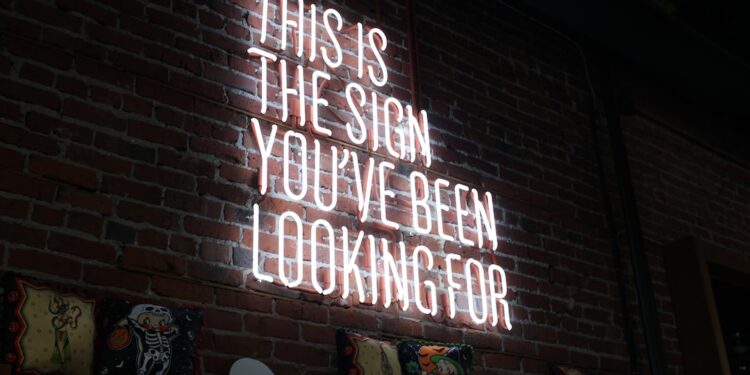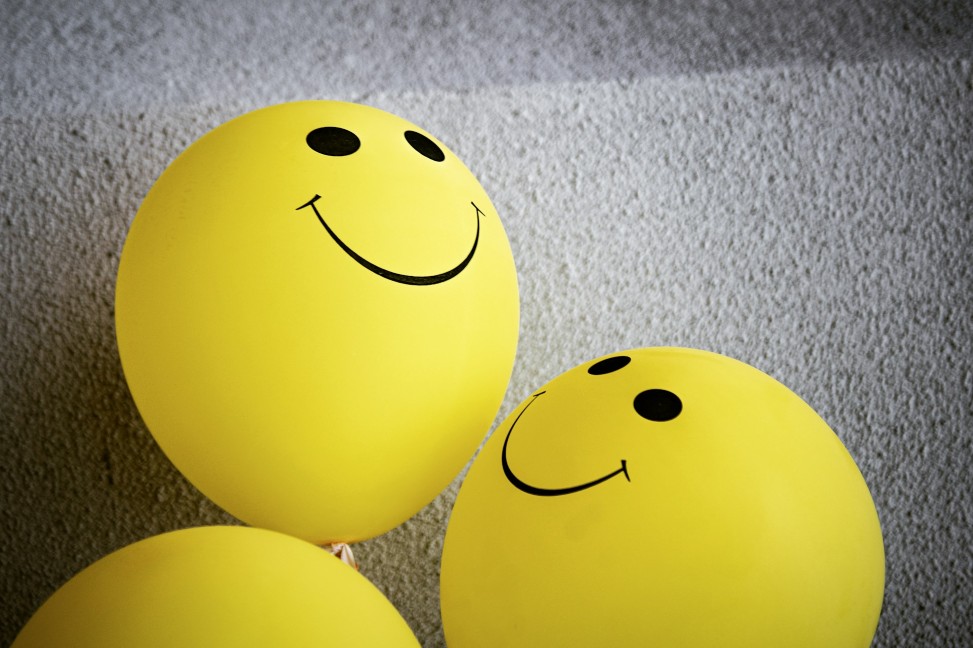Finding Balance Between Social Media and Real-Life Interactions
In today’s increasingly digital world, it is becoming more challenging to strike a balance between our online presence and real-life interactions. Social media has altered the way we communicate and connect with others, but it is important not to let it dominate our lives. Finding harmony between the digital and physical world is essential for our mental well-being and building meaningful relationships.
Social media platforms provide us with unprecedented access to information, news, and entertainment. They allow us to stay connected with friends and family, share our experiences, and explore different perspectives. However, spending excessive amounts of time on these platforms can have detrimental effects on our mental health and relationships.
One of the most significant challenges with social media is its potential to create unrealistic expectations. People often curate their online personas, showcasing only the best aspects of their lives. This can lead to feelings of inadequacy or anxiety when comparing ourselves to others. It is crucial to remind ourselves that what we see on social media is only a snippet of someone’s life, and our self-worth should not be determined by likes, comments, or followers.
Another issue with excessive social media use is its impact on our real-life relationships. The convenience of online communication sometimes discourages face-to-face interactions. We may become engrossed in scrolling through news feeds or commenting on posts, neglecting the people and opportunities around us. Building strong connections requires dedicated time and effort that cannot be replicated through virtual means alone.
To find a balance between social media and real-life interactions, it is essential to set boundaries and establish healthy habits. Here are a few strategies to help navigate this digital landscape:
1. Determine Your Priorities: Reflect on what truly matters to you in life and how social media aligns with those values. This will help you prioritize your time and energy accordingly. Remember that your worth is not determined by your online popularity.
2. Set Usage Limits: Set specific time limits for social media usage, both per day and per session. This will help prevent mindless scrolling and allow you to focus on other aspects of your life. Explore the usage monitoring features built into many social media platforms or consider using productivity apps to help you stay on track.
3. Create Digital-Free Zones: Designate certain areas or times in your day to be free from digital distractions. For example, set a rule of no phones during meals or establish tech-free hours before going to bed. Consciously disconnecting from social media will create space for more meaningful interactions and self-reflection.
4. Engage Mindfully: When using social media, be intentional about your actions. Instead of mindlessly scrolling, engage with content that genuinely interests you and adds value to your life. Use social media as a tool for connection and inspiration, rather than as a mind-numbing activity.
5. Foster Real-Life Connections: Invest time in nurturing your real-life relationships. Prioritize spending quality time with loved ones and engage in activities that bring you joy. Plan outings or social events that allow for face-to-face interactions and create lasting memories.
6. Practice Self-Care: Take breaks from social media when needed. Engage in activities that help you recharge and rejuvenate, such as exercising, reading, or pursuing hobbies. Developing healthy habits outside of social media will enrich your overall well-being.
In conclusion, finding balance between social media and real-life interactions is crucial for our mental and emotional health. While social media can be a powerful tool for communication and connection, it is vital not to let it control our lives. By setting boundaries, engaging mindfully, and prioritizing real-life relationships, we can navigate the digital landscape harmoniously and find fulfillment in both our online and offline worlds.















